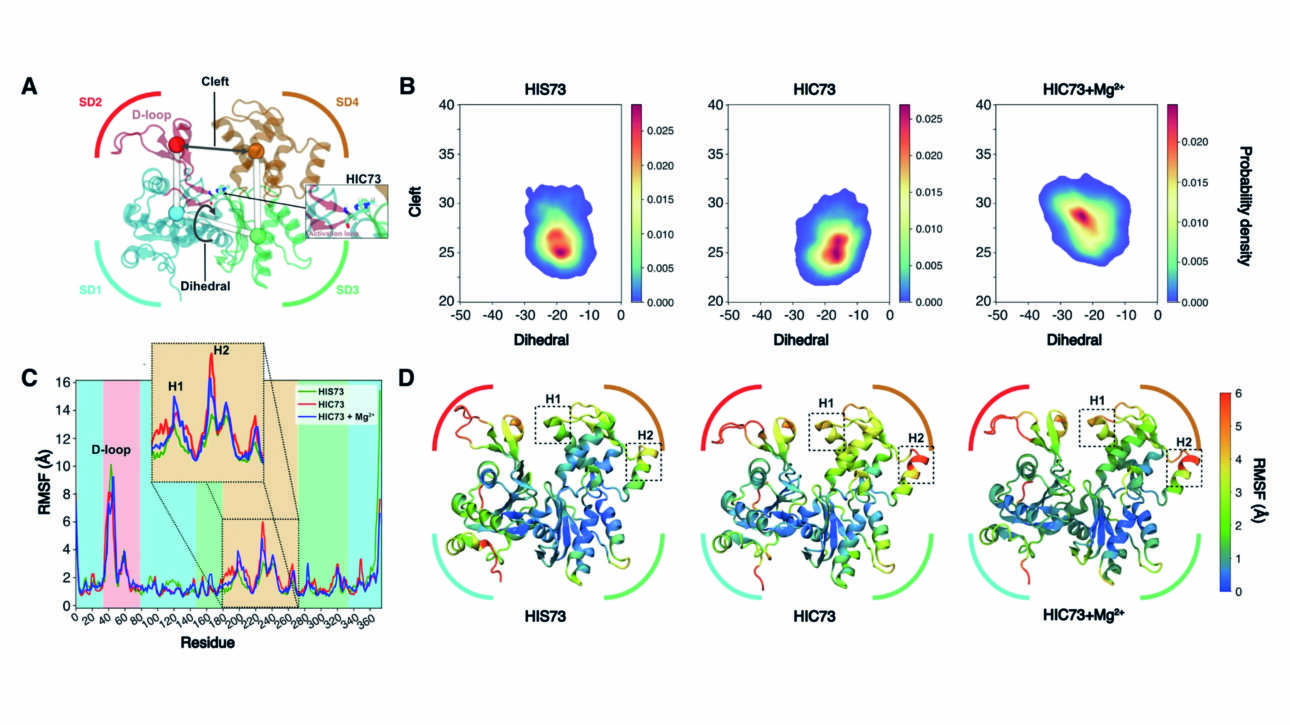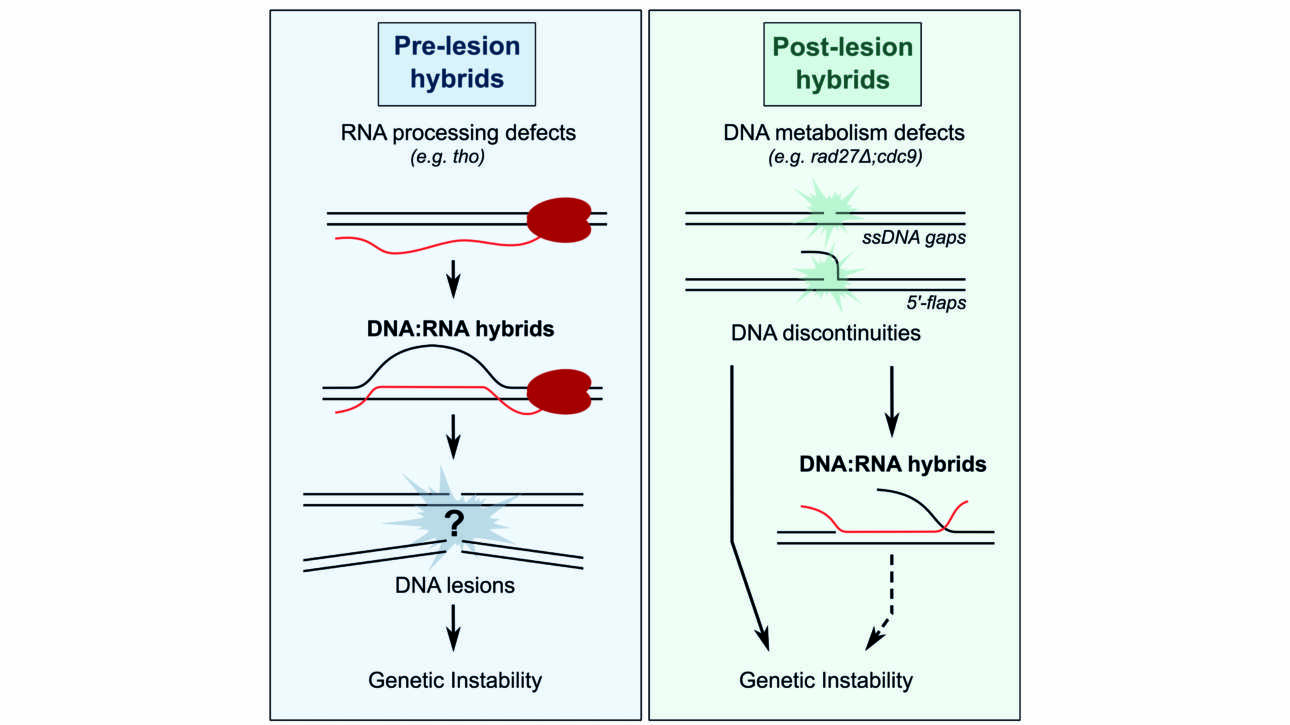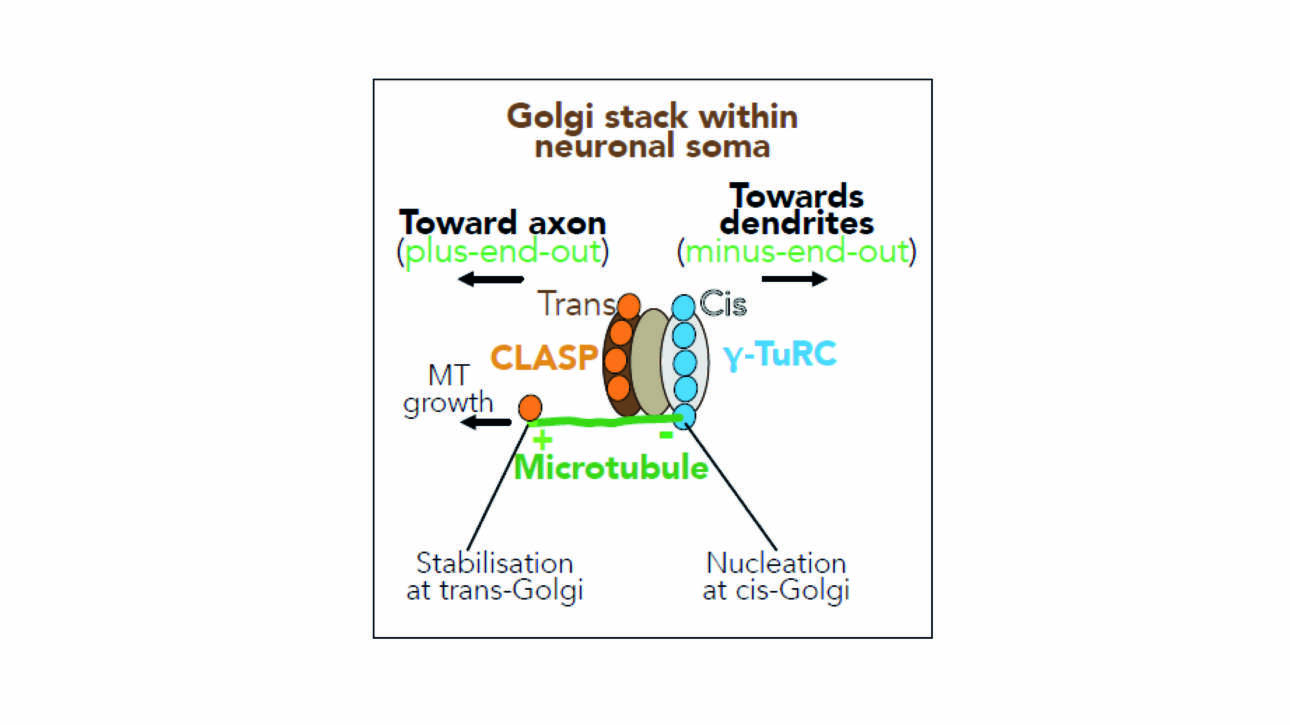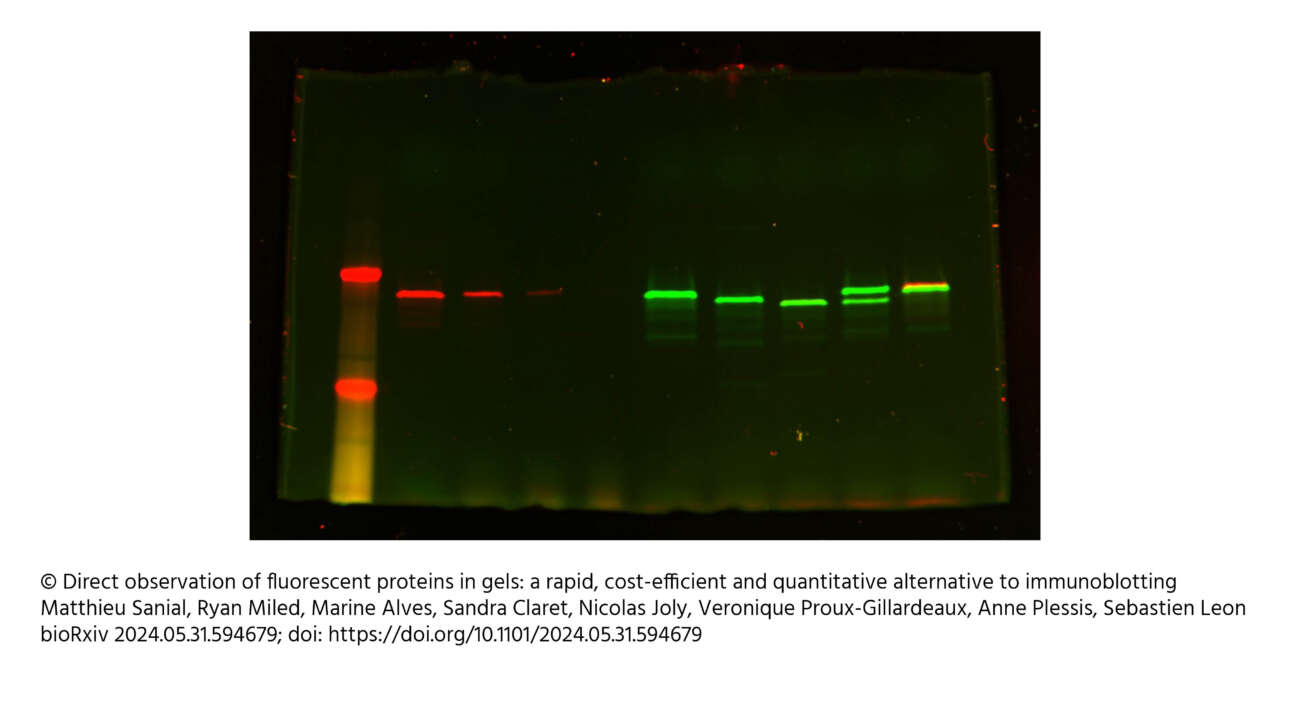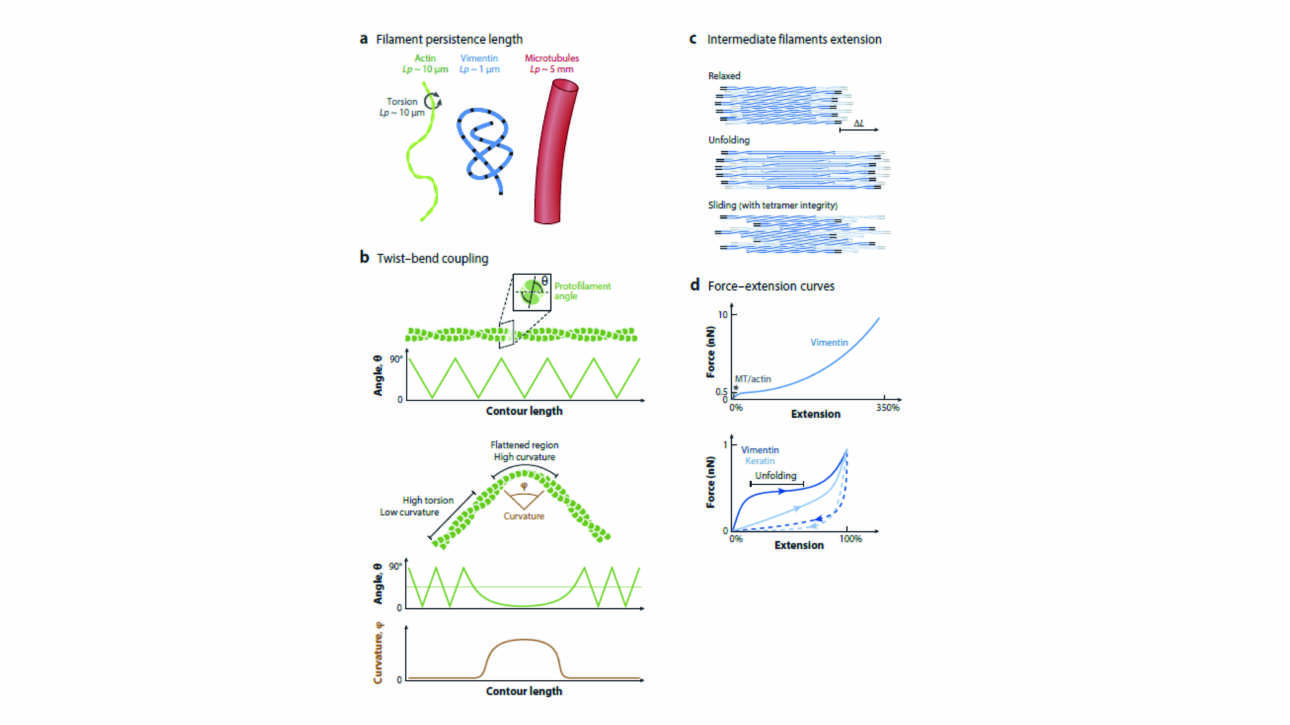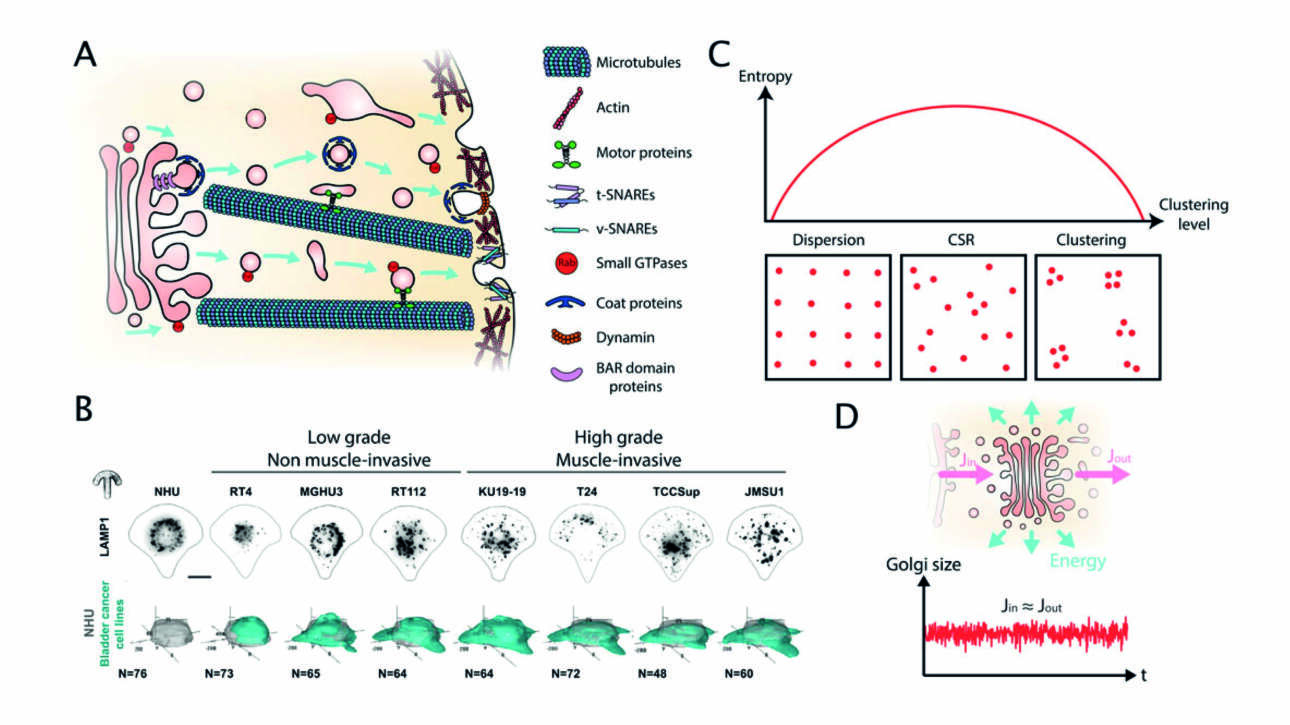The Romet-Lemonne/Jégou lab contributed to the publication of a new article in Nature communications :
Histidine 73 methylation coordinates β-actin plasticity in response to key environmental factors
Abstract:
The functional importance of the methylation of histidine 73 (H73) in actin remains unclear. Focusing on cytoplasmic β-actin, present in all mammalian cells, we use molecular dynamics simulations with a polarizable…
